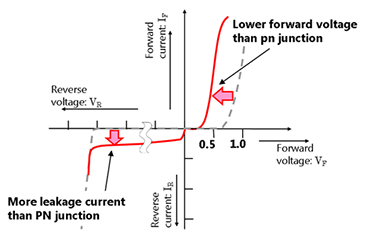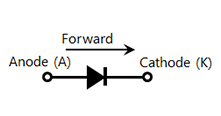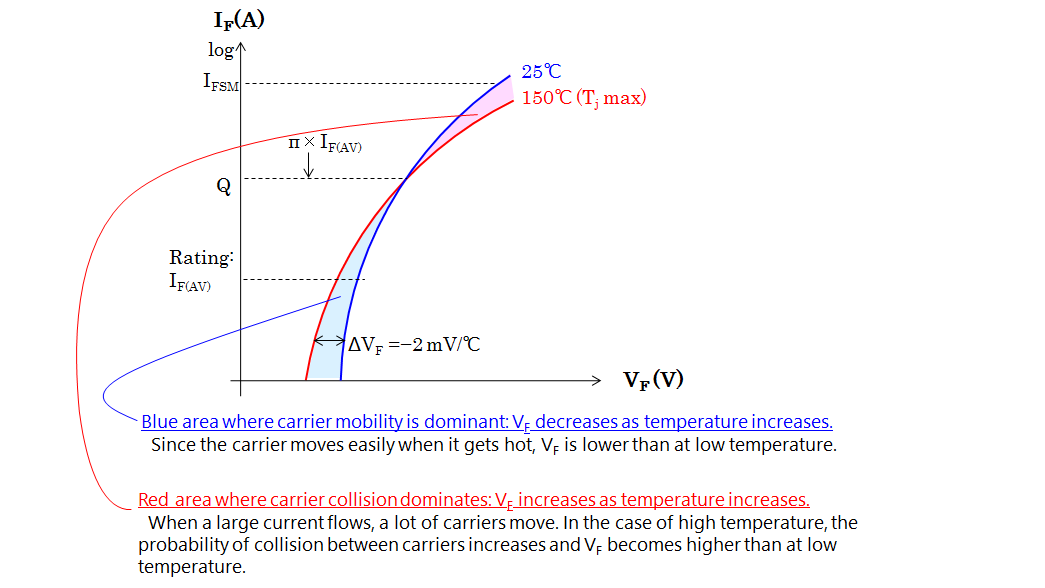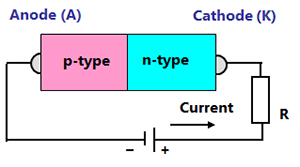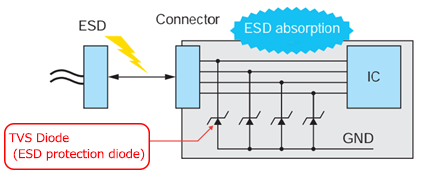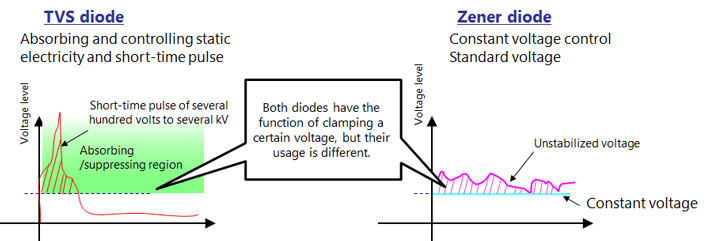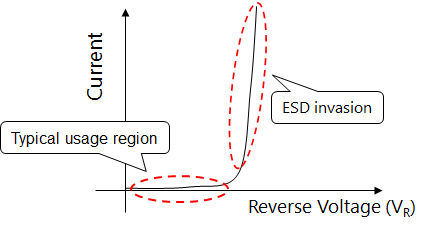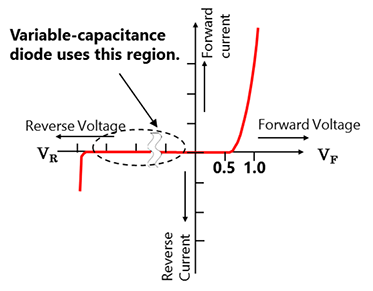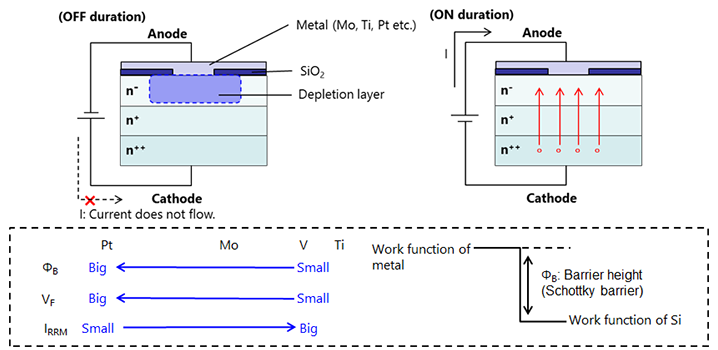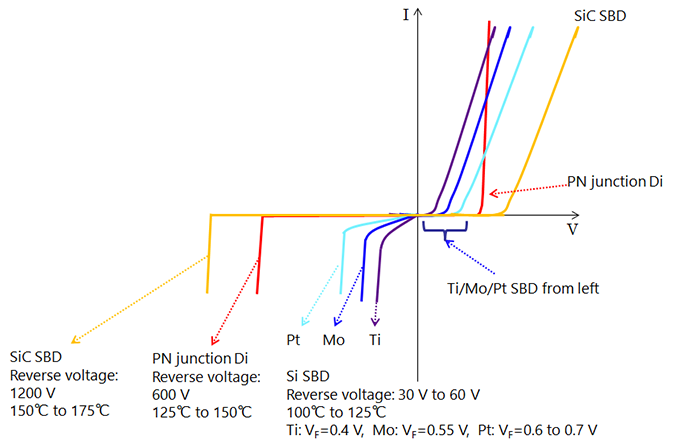- 型号 & 关键词搜索
- 交叉搜索
- 参数搜索
- 库存查询与购买
This webpage doesn't work with Internet Explorer. Please use the latest version of Google Chrome, Microsoft Edge, Mozilla Firefox or Safari.
请输入3个以上字符 Search for multiple part numbers fromhere.
The information presented in this cross reference is based on TOSHIBA's selection criteria and should be treated as a suggestion only. Please carefully review the latest versions of all relevant information on the TOSHIBA products, including without limitation data sheets and validate all operating parameters of the TOSHIBA products to ensure that the suggested TOSHIBA products are truly compatible with your design and application.Please note that this cross reference is based on TOSHIBA's estimate of compatibility with other manufacturers' products, based on other manufacturers' published data, at the time the data was collected.TOSHIBA is not responsible for any incorrect or incomplete information. Information is subject to change at any time without notice.
请输入3个以上字符
肖特基势垒二极管(SBD)
下载“第Ⅱ章:二极管” (PDF:895KB)
肖特基势垒二极管(SBD)是一种采用半导体和金属(比如:钼)结合,而不是采用pn结的器件。一般来说,金属与n型层结合的半导体已经实现了商业化。由于其正向电压小,反向恢复时间短,所以适合于高速开关应用。
对于SBD而言,正向电压(VF)和反向漏电流之间存在折衷关系。
根据所使用的金属,通常来说反向耐受电压约为20至150V,VF约为0.4至0.7V,低于pn结二极管的值。
具有低正向电压和低泄漏电流的新型结构的SBD也已经实现商业化。
(东芝采用沟槽结构的SBD,实现了低VF和低泄漏电流的特性。)

